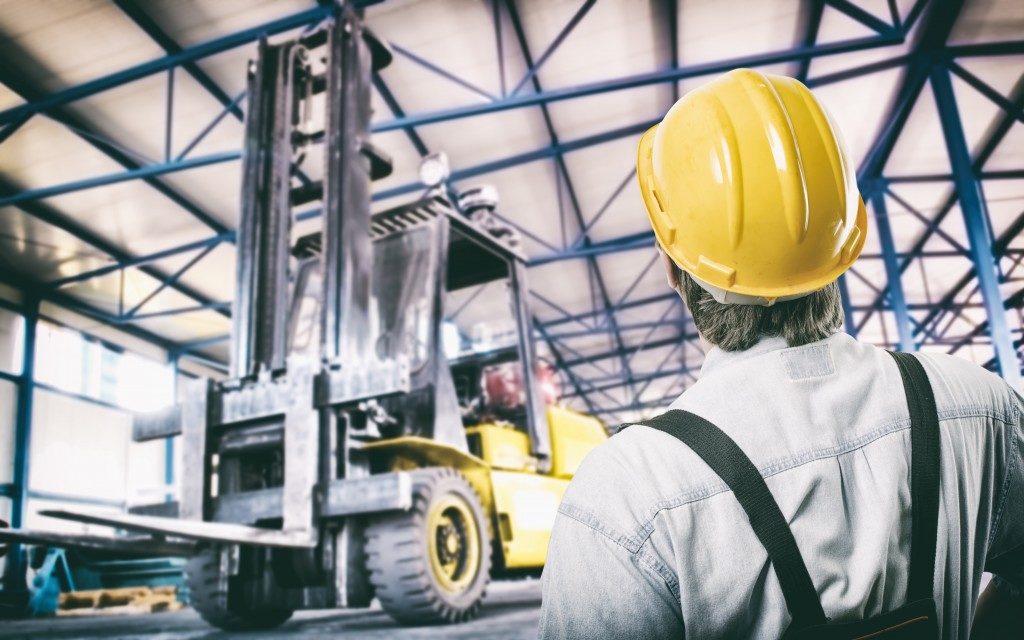Warehouse operations are often broken down into three parts: delivery, handling, and storage. With all of the precious cargo that’s regularly moved to and from buildings, tools that make these tasks easier become very valuable during the busy season.
Truck skates, indoor cranes, and powered cargo rollers fall under the general term of material handling tools and equipment. These are essential for any warehouse, production, and storage facility. Not only do they optimize the processes; they also lower the risks of injury, cut costs, and increase profits.
Here are some of the common material handling equipment you can find on the market:
Industrial Trucks
While technically considered (and most often seen) as vehicles, industrial trucks have always played an important role in handling and moving a variety of materials. They are more flexible than cranes and conveyor belts in terms of movement and can be repurposed for different materials or products.
It’s important to note that industrial trucks also have their own special set of restrictions (for example, the license to operate one is separate from commercial trucks) and they often have special features that most other trucks do not, such as forks, vertical lifting, and load stacking capabilities.
Another important distinction to make is that industrial trucks don’t just include long-haul truckers. Hand trucks such as carts, pallets, dollies, and forklifts are essential parts of any material handling facility. These smaller pieces of equipment can be outfitted and repurposed as needed, though most of them have a particular niche or role to fill in the facility, such as lifting or in-house transport.
Cranes
These are used when conveyors don’t have space to operate within the facility. Much more economical than conveyors when the flow of materials moving in and out don’t happen often, cranes are also more adjusted in terms of the relative size and weight of the packages they can carry.
However, cranes are not as portable as trucks are, which makes them localized to one area of the materials management section. Most cranes often use a trolley-and-track system to move around, which may make it difficult to navigate in narrow aisles where flexibility is important.
Conveyors
 Finally, conveyors are used when materials or products move constantly at fixed points within the facility and is often the most flexible material handling equipment at the cost of portability. All conveyors have the primary function of moving items from point A to point B, but certain features can set them apart from one another.
Finally, conveyors are used when materials or products move constantly at fixed points within the facility and is often the most flexible material handling equipment at the cost of portability. All conveyors have the primary function of moving items from point A to point B, but certain features can set them apart from one another.
For example, accumulated conveyors allow intermittent movement of each particular material on the belt. Bulk-handling conveyors can handle multiple instances of the same material at the same time. Sortation conveyors categorize and sort materials for easy handling or shipping.
A good start to a material handling facility would be a combination of all these three systems working in unison. This will allow for more efficacy when it comes to workflow and will prevent untoward incidents in the workplace. If you’re looking for such equipment, you can easily look up the nearest heavy machinery supplier or good recommendations for your business.

